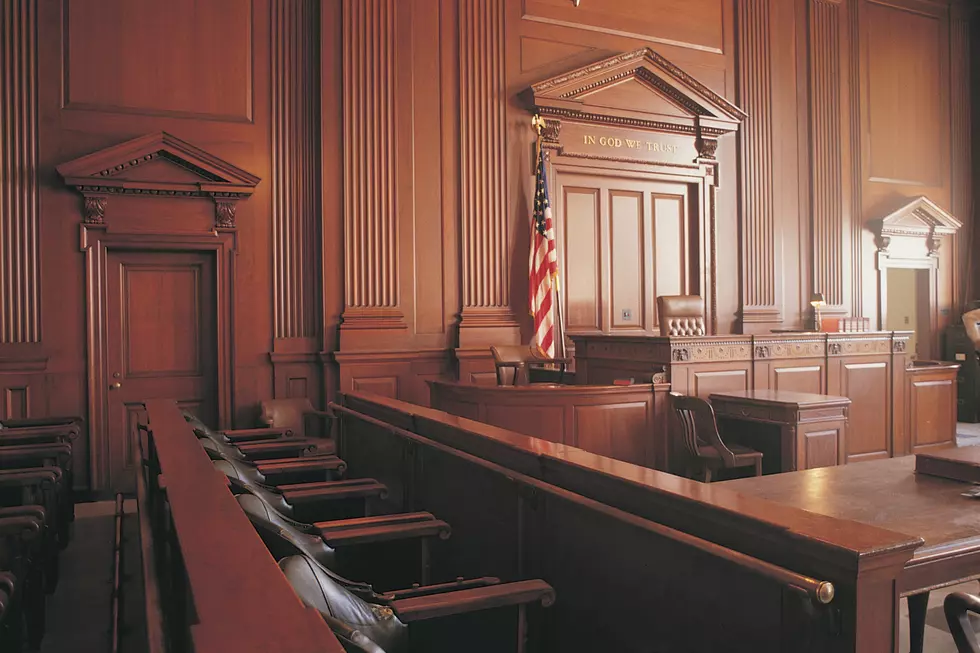Intermediate Appellate Courts
The intermediate appellate courts are
relative newcomers to the state judicial
scene. Only 13 such courts existed in
1911, whereas 39 states had created
them by 1995. Their basic purpose is
to relieve the workload of the state’s
highest court.
In most instances these courts are
called courts of appeals, although
other names are occasionally used.
Most states have one court of appeals
with statewide jurisdiction. The size
of intermediate courts varies from
state to state.
The court of appeals
in Alaska, for example, has only
three judges. At the other extreme,
Texas has 80 courts of appeals judges.
In some states the intermediate appeals courts sit en banc, whereas in
other states they sit in permanent or
rotating panels.
Courts of Last Resort
Every state has a court of last resort.
The states of Oklahoma and Texas
have two highest courts. Both states
have a supreme court with jurisdiction
limited to appeals in civil cases and a
court of criminal appeals for criminal
cases.
Most states call their highest
courts supreme courts; other designations are the court of appeals (Maryland and New York), the supreme
judicial court (Maine and Massachusetts), and the supreme court of
appeals (West Virginia). The courts of
last resort range in size from three to
nine judges (or justices in some
states). They typically sit en banc and
usually, although not necessarily, convene in the state capital.
The highest courts have jurisdiction in matters pertaining to state law
and are, of course, the final arbiters in
such matters. In states that have intermediate appellate courts, the Supreme
Court’s cases come primarily from
these mid-level courts. In this situation the high court typically is allowed
to exercise discretion in deciding
which cases to review. Thus, it is likely
to devote more time to cases that deal
with the important policy issues of the
state.
When there is no intermediate
court of appeals, cases generally go to
the state’s highest court on a mandatory review basis.
In most instances, then, the state
courts of last resort resemble the U.S.
Supreme Court in that they have a
good deal of discretion in determining
which cases will occupy their attention. Most state supreme courts also
follow procedures similar to those of
the U.S. Supreme Court. That is, when
a case is accepted for review the
opposing parties file written briefs
and later present oral arguments.
Then, upon reaching a decision, the
judges issue written opinions explaining that decision.
Juvenile Courts
Americans are increasingly concerned
about the handling of cases involving
juveniles, and states have responded to
the problem in a variety of ways. Some
have established a statewide network
of courts specifically to handle matters involving juveniles. Two states —
Rhode Island and South Carolina —
have family courts, which handle domestic relations matters as well as
those involving juveniles.
The most common approach is to
give one or more of the state’s limited
or general trial courts jurisdiction to
handle situations involving juveniles.
In Alabama, for example, the circuit
courts (trial courts of general jurisdiction) have jurisdiction over juvenile
matters. In Kentucky, however, exclusive juvenile jurisdiction is lodged in
trial courts of limited jurisdiction
—
the district courts.
Finally, some states apportion
juvenile jurisdiction among more
than one court. The state of Colorado
has a juvenile court for the city of
Denver and has given jurisdiction
over juveniles to district courts (general trial courts) in the other areas
of the state.
Also, some variation exists among
the states as to when jurisdiction
belongs to an adult court. States set
a standard age at which defendants
are tried in an adult court. In addition,
many states require that more
youthful offenders be tried in an
adult court if special circumstances
are present. In Illinois, for instance,
the standard age at which juvenile
jurisdiction transfers to adult courts
is 17. The age limit drops to 15,
however, for first-degree murder,
aggravated criminal sexual assault,
armed robbery, robbery with a
firearm, and unlawful use of weapons
on school grounds.
ADMINISTRATIVE AND
STAFF SUPPORT IN THE
STATE JUDICIARY
The daily operation of the federal courts requires the efforts of
many individuals and organizations. This is no less true for the
state court systems.
Magistrates
State magistrates, who may also be
known in some states as commissioners or referees, are often used to perform some of the work in the early
stages of civil and criminal case processing. In this way they are similar to
U.S. magistrate judges. In some jurisdictions they hold bond hearings and
conduct preliminary investigations in
criminal cases. They are also authorized in some states to make decisions
in minor cases.

